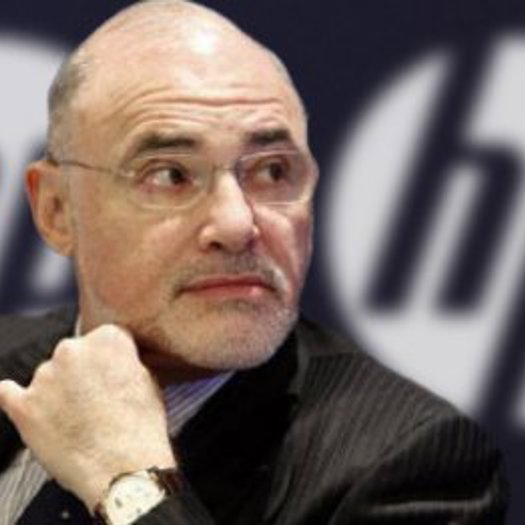HP
HP could divest its entire printing division within the next two years in a bid to become a low volume, high value-add product provider, a mergers and acquisitions (M&A) news service has claimed.
While there is no active sale process for the $25bn Imaging and Printing Group (IPG), Mergermarket has quoted industry sources as saying that the sale of IPG would appear to be necessary to HP's transformation into an enterprise solutions company.
Earlier this month, HP chief executive Léo Apotheker said the company was looking into the future of its PC hardware division, which contributes nearly a third of revenues but operates on narrow margins. This could result in it being sold or spun off as it finds itself caught between cheaper rivals rom Asia and Apple taking the market-share for higher-end consumer devices.
Mergermarket claimed that HP could be willing to shed its IPG within two years of spinning off the PC business but would keep hold of the printing division during the next several years of transition.
HP was unavailable for comment at the time of writing.
In its third quarter results to 31 July, HP reported group revenues down 2% to $31.2bn.The company's printing division added $6.1bn (£3.7bn) to the IT giant's $31.2bn net revenues, down 1% year-on-year.
Sales of its commercial presses came in at $1.3bn for the quarter down 7% year-on-year and 10% sequentially, although hardware units rose 1%, and sales were marginally up for the nine months.
Kodak
During a highly publicised webcast in July, Kodak chairman and chief executive Antonio Perez admitted that the company didn't fully understand all of the issues involved in putting its Prosper inkjet presses into live production at customers.
Speaking to analysts about the company's Q2 results, where a drop in gross margins from 25% to 19% at its Graphic Communications Group was largely attributable to "start-up costs associated with the commercialisation and placement of Prosper printing systems". Perez said: "This technology is a very different technology to the one that they [customers] used to have. It requires very different training. The environment has to be different, they have to control the temperature and the cleanness of the space."
Perez said: "They have applications with very different substrates and media that we didn't know they were going to use. That created this complex installation process."
He went on: "It's unfortunate that we didn't figure that out before. But we have customers all over the world with different applications. The most important thing is that customers who bought one or two units are buying more units, and we have huge demand."
Kodak's overall results fell short of its forecasts. Q2 sales were down 5% at $1.485bn (£906m) and losses increased to $179m in the period (2010 loss: $167m).
GCG sales rose 4% to $685m, although Kodak said this was mainly because of currency differences. Losses at the division jumped from $17m to $45m, due to the Prosper start-up costs and increased raw material prices.
Perez promised that its new products including Prosper and its consumer inkjet range would come good next year. "We are investing in these growth businesses to create a new profitable, sustainable digital company by 2012," he stated.
Kodak may also cash-in on its patent portfolio by selling around 10% of some 1,100 patents held by the company. Its patent portfolio generates income of circa $250m-$350m a year, although Kodak is also involved in a variety of costly patent litigation battles.
Kodak is raising money to close out a nearly decade-long digital overhaul. Perez discussed the sale of non-strategic assets, and possibly its digital-imaging patents. He said: "Our 2011 cash plan includes generating between $300 million and $400 million in proceeds from the sales of certain non-strategic assets and operations, and $250 million to $350 million in intellectual-property revenue."
Kodak, which had lost almost half its market value in the past year. The company aggressively pursued the ITC in US courts to gain $550 million from Samsung and $414 million from LG for allegedly infringing the same patent as in the Apple and Research in Motion (RIM) cases. A victory for Kodak in its patent fight with Apple and RIM and may add more than $1 billion in revenue from royalty payments, Perez said
Have your say in the Printweek Poll
Related stories
Latest comments
"Yep. Tracked is king."
"<i>*Postman for thirty years</i>* Your mail is effectively going to be delivered every other day (but get this) one job would be left on the Friday and ‘both’ jobs would be left on the Saturday —..."
"I can confirm I am neither of those people"






